Neuroscience

Neurotransmitter receptors function via various G-protein coupled and G-protein independent mechanisms that activate downstream intracellular signaling pathways such as cAMP/PKA, PI3K/AKT, phospholipase A2, and phospholipase C pathways. For instance, dopamine receptors act through adenylate cyclase to activate PKA and other signaling molecules, thereby mediate gene expression through the actions of CREB and other transcription factors. Other neurotransmitters such as NMDAR or AMPAR are associated with ion channels that control flux of Ca2+ and Na+, thus propagating the action potential across the post-synaptic neuron.
Dysfunctions in GABAergic/glutamatergic/serotonergic/dopaminergic pathways result in a broad range of neurological disorders such as chronic pain, neurodegenerative diseases, and insomnia, as well as mental disorders including schizophrenia, bipolar disorder, depression, and addiction.
-
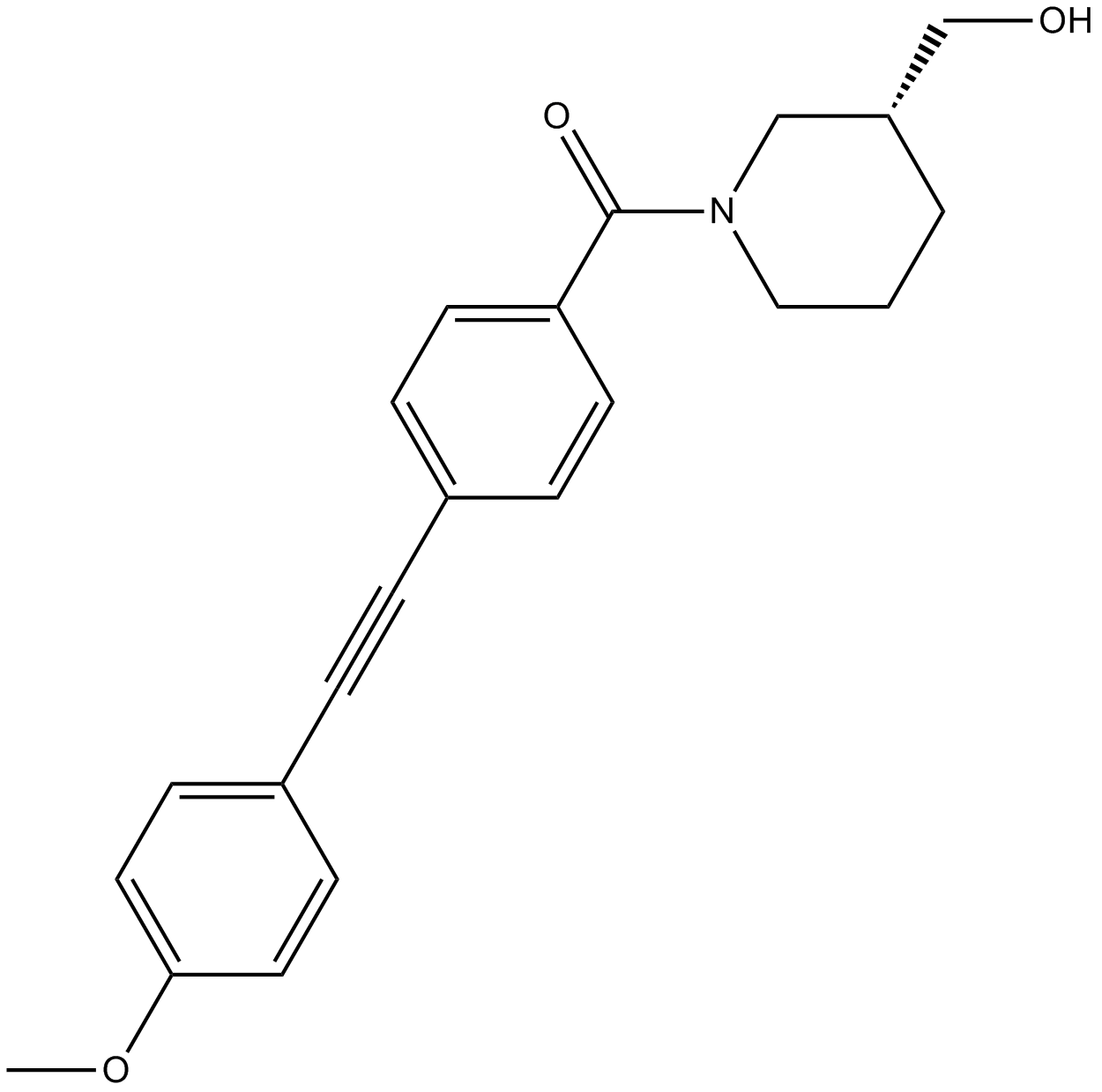 B5783 ML 289Summary: negative allosteric modulator of mGlu3 receptors
B5783 ML 289Summary: negative allosteric modulator of mGlu3 receptors -
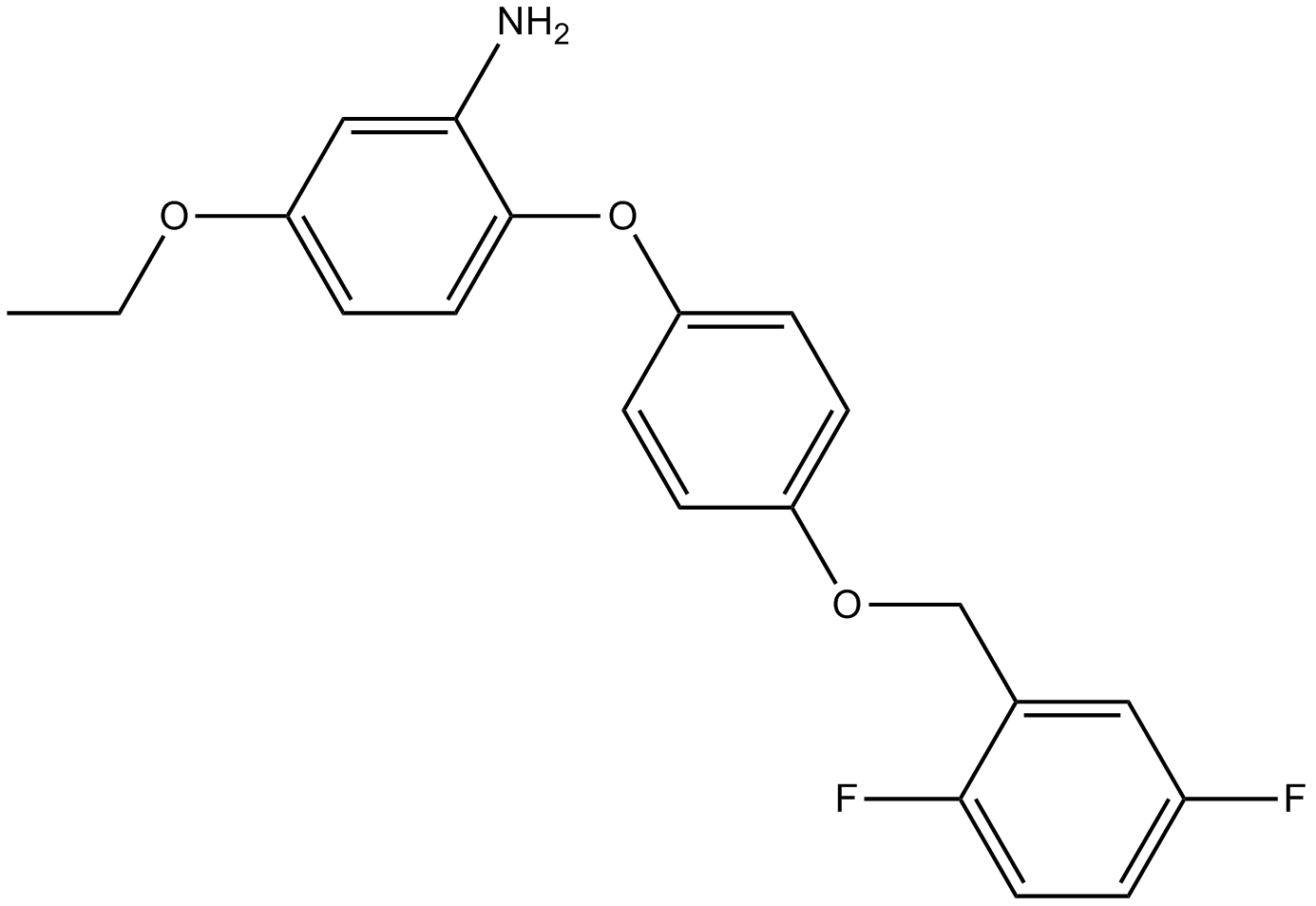 A3811 SEA04004 CitationTarget: Na /Ca2 Exchangers (NCXs)Summary: Specific inhibitor of Na+/Ca2+ exchange
A3811 SEA04004 CitationTarget: Na /Ca2 Exchangers (NCXs)Summary: Specific inhibitor of Na+/Ca2+ exchange -
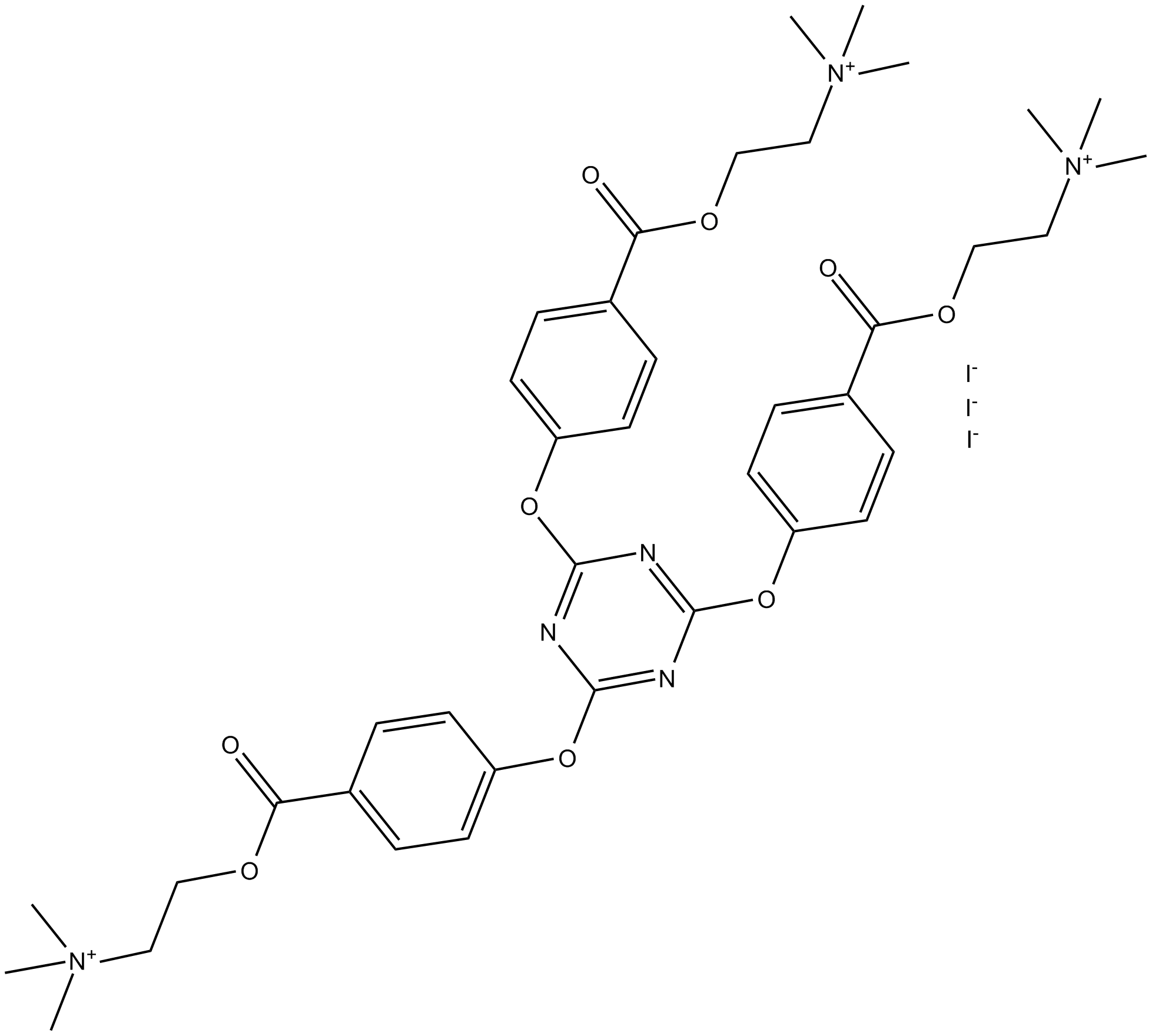 C4446 TAE-1Summary: inhibitor of amyloid-β fibril formation and aggregation
C4446 TAE-1Summary: inhibitor of amyloid-β fibril formation and aggregation -
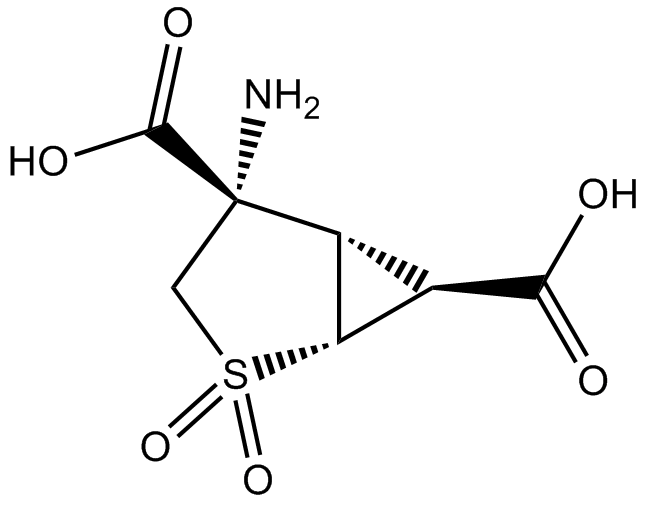 B1626 LY404039Summary: MGlu2 and mGlu3 receptors agonist
B1626 LY404039Summary: MGlu2 and mGlu3 receptors agonist -
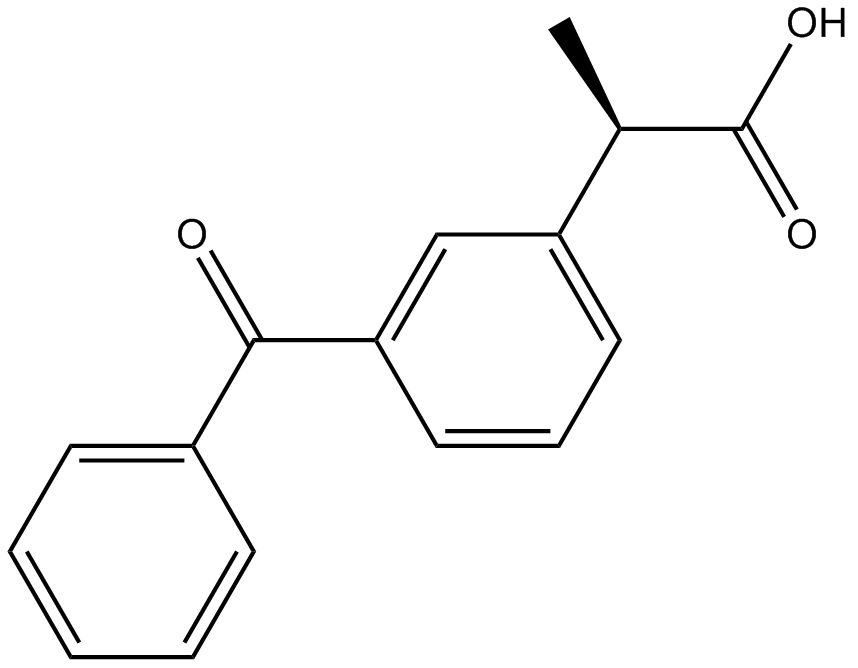 B1446 KetoprofenSummary: Dual COX1/2 inhibitor
B1446 KetoprofenSummary: Dual COX1/2 inhibitor -
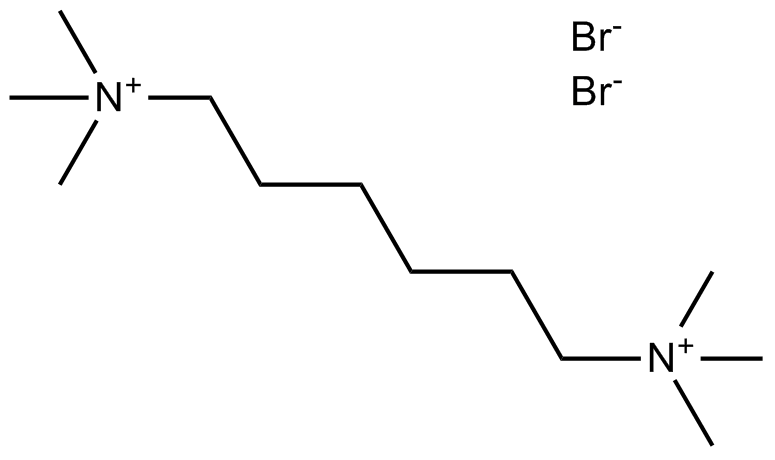 B1592 Hexamethonium BromideSummary: Selective antagonist of neuronal-type nicotinic AChR
B1592 Hexamethonium BromideSummary: Selective antagonist of neuronal-type nicotinic AChR -
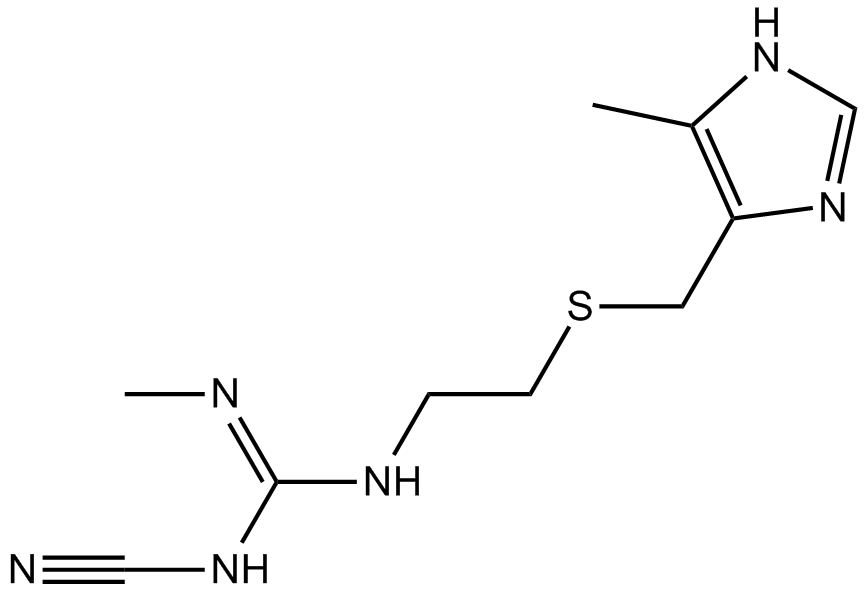 B1557 CimetidineSummary: H2 receptor antagonist
B1557 CimetidineSummary: H2 receptor antagonist -
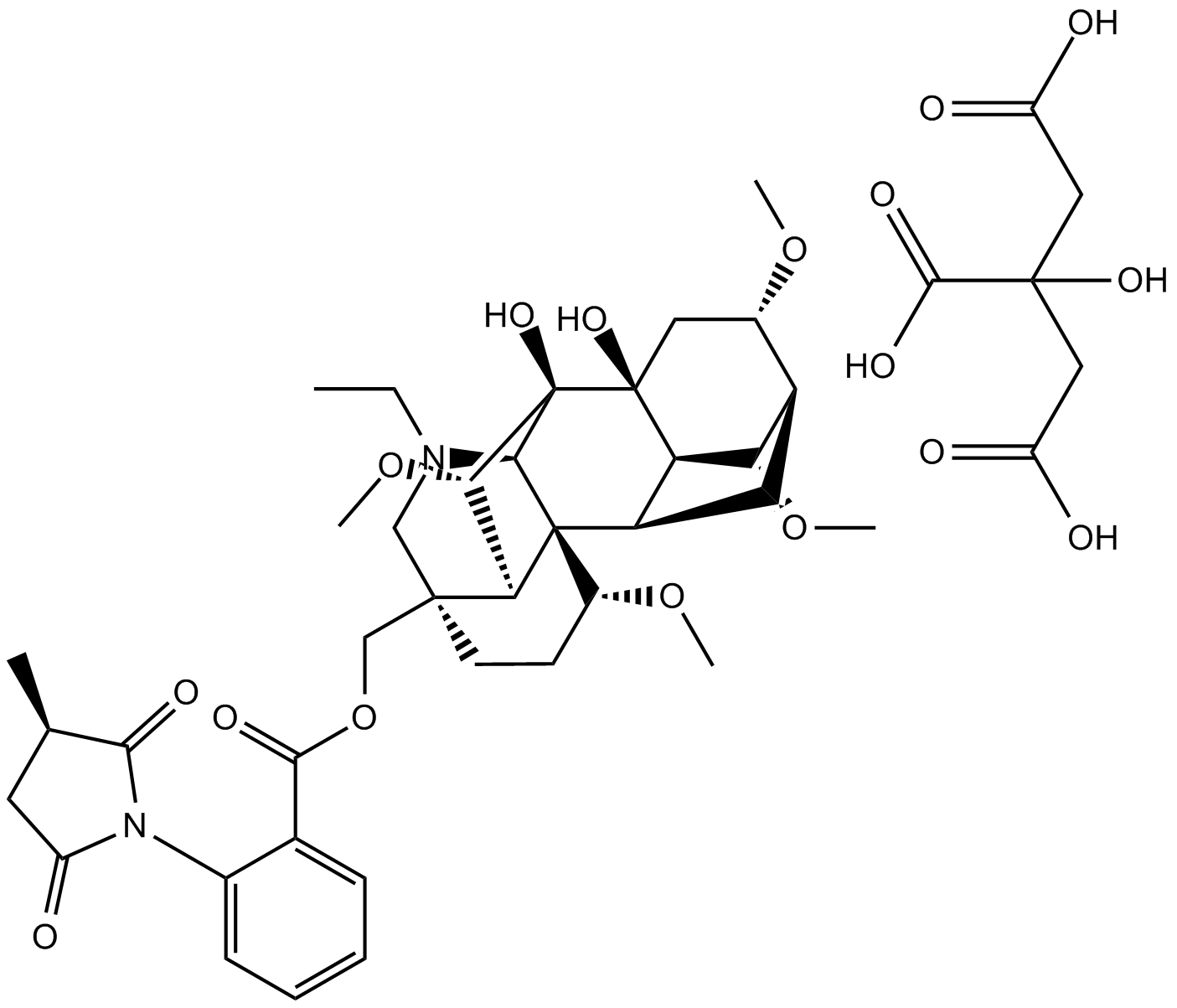 B6556 Methyllycaconitine citrateSummary: α7-containing neuronal nicotinic receptors antagonist
B6556 Methyllycaconitine citrateSummary: α7-containing neuronal nicotinic receptors antagonist -
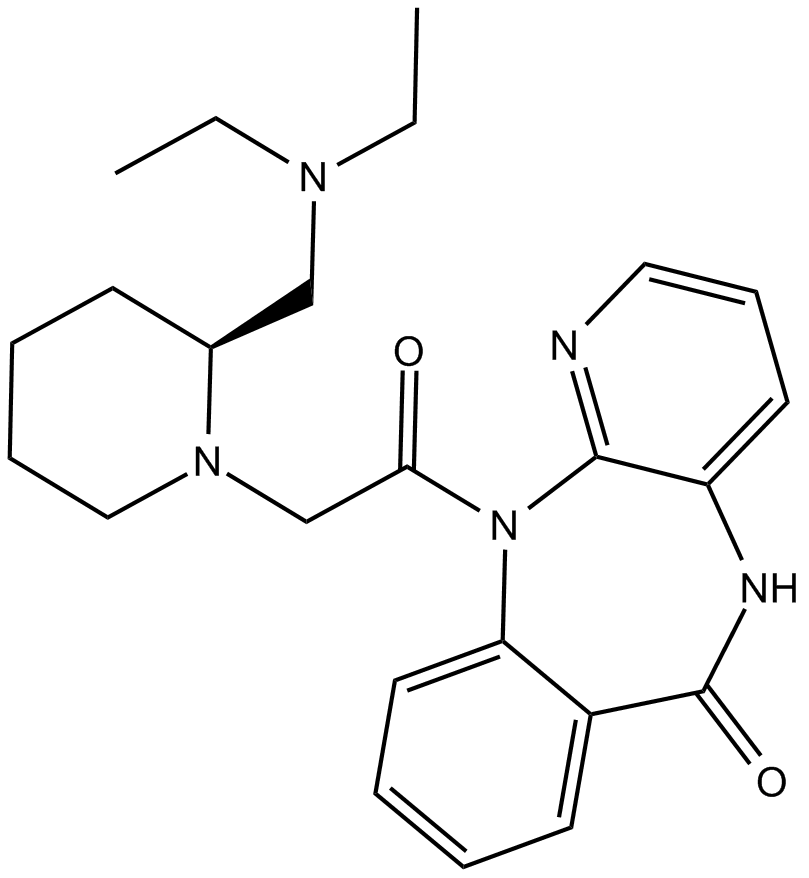 B6598 AF-DX 116Summary: M2 muscarinic receptor antagonist
B6598 AF-DX 116Summary: M2 muscarinic receptor antagonist -
![ferritin heavy chain fragment [Multiple species]](/pub/media/prod_images/a/1/a1069.png) A1069 ferritin heavy chain fragment [Multiple species]Summary: Ferritin heavy chain fragment
A1069 ferritin heavy chain fragment [Multiple species]Summary: Ferritin heavy chain fragment

